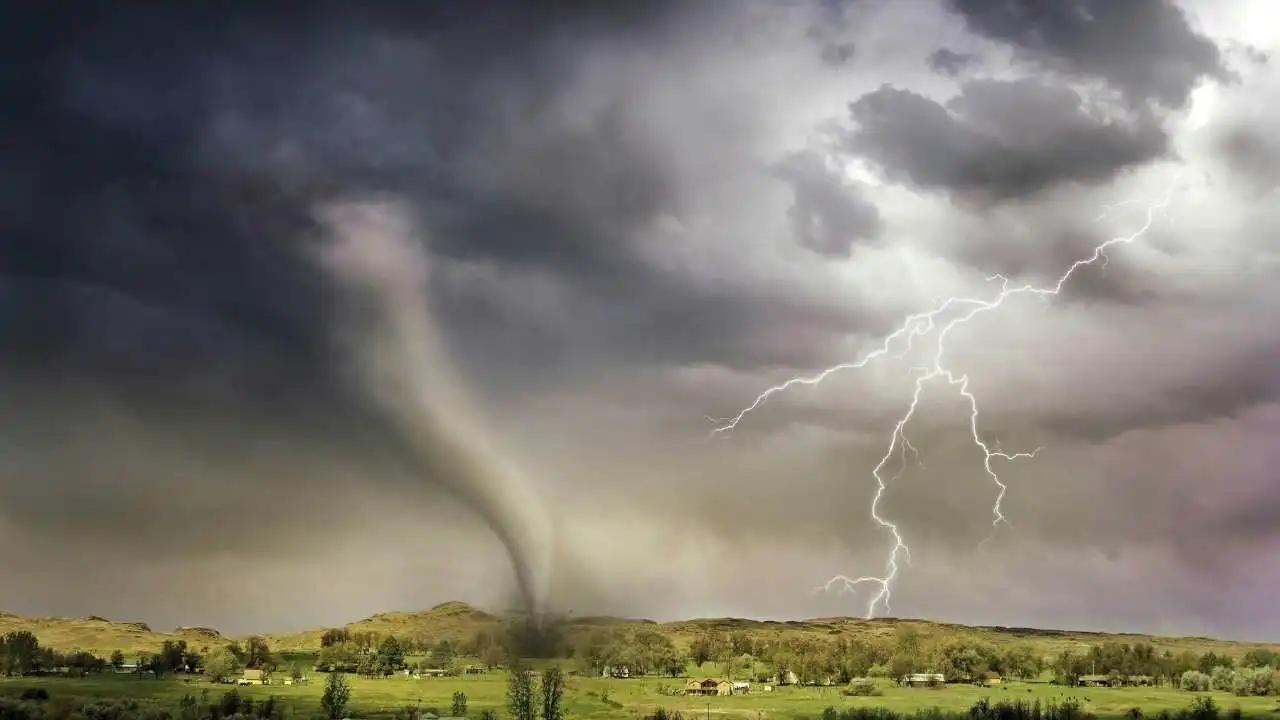With 8.7M birds dead, B.C. farmers assess avian flu toll, and worry about what’s next

British Columbia farmers have finally seen a glimmer of hope amidst the devastating waves of avian flu that have plagued their industry for more than three years. The outbreaks have resulted in millions of birds being culled at hundreds of farms, leaving farmers to assess the toll of the disease on their livelihoods.
Ray Nickel, a farmer from Abbotsford in the Fraser Valley, was forced to cull 60,000 chickens in the fall of 2022 due to the highly pathogenic H5N1 avian flu. His flock of about 9,000 turkeys was also euthanized in 2023. The B.C. Poultry Association reported that close to 80 poultry farms in the province have experienced avian flu outbreaks since the middle of October.
Despite the challenges faced by farmers, there is a window of relief as only six premises are currently infected as of April 1, according to the Canadian Food Inspection Agency (CFIA). More than 8.7 million commercial and backyard birds have been culled in British Columbia, accounting for more than half of the national toll of 14.5 million.
While farmers are feeling relieved at the moment, there is an underlying concern about the virus persisting. Troy Bourque, a veterinary operations specialist for the CFIA, noted that Canada has gone through six waves of outbreaks since the highly pathogenic avian flu was first detected in 2021. The challenge lies in the fact that the virus circulates in the wildlife population, making it difficult to predict its impact on poultry flocks.
B.C. Chief Veterinarian Teresa Burns highlighted that preliminary research suggests fall migration periods are worse than spring as birds tend to land and spend more time in the Fraser Valley during the fall. However, the hope is that wild birds develop more immunity and the virus mutates into a less damaging strain.
While pandemic researchers worry about the potential for avian flu to mutate into a widespread human illness, human-to-human transmission of H5N1 is considered very rare. Canada reported its first domestically acquired human case of bird flu in November 2024, emphasizing the need for proactive measures such as the purchase of 500,000 doses of a bird flu vaccine.
Farmers in British Columbia are diligent about safety measures and biosecurity to prevent the introduction of the virus to flocks. The CFIA follows a strict protocol in the event of an outbreak, which includes quarantine, diagnostic tests, culling of infected animals, and outbreak surveillance of the surrounding area.
The past three years have been emotionally and financially taxing for farmers like Ray Nickel, who have had to bear the burden of culling their flocks and dealing with the costs of disinfection and loss of production. Despite the challenges, farmers remain committed to protecting their flocks and the billion-dollar-a-year poultry export industry in British Columbia.
As the industry continues to navigate the ongoing threat of avian flu, farmers and scientists are hopeful that continued vigilance and proactive measures will help mitigate the impact of future outbreaks and protect the health and well-being of both poultry flocks and the community at large.




